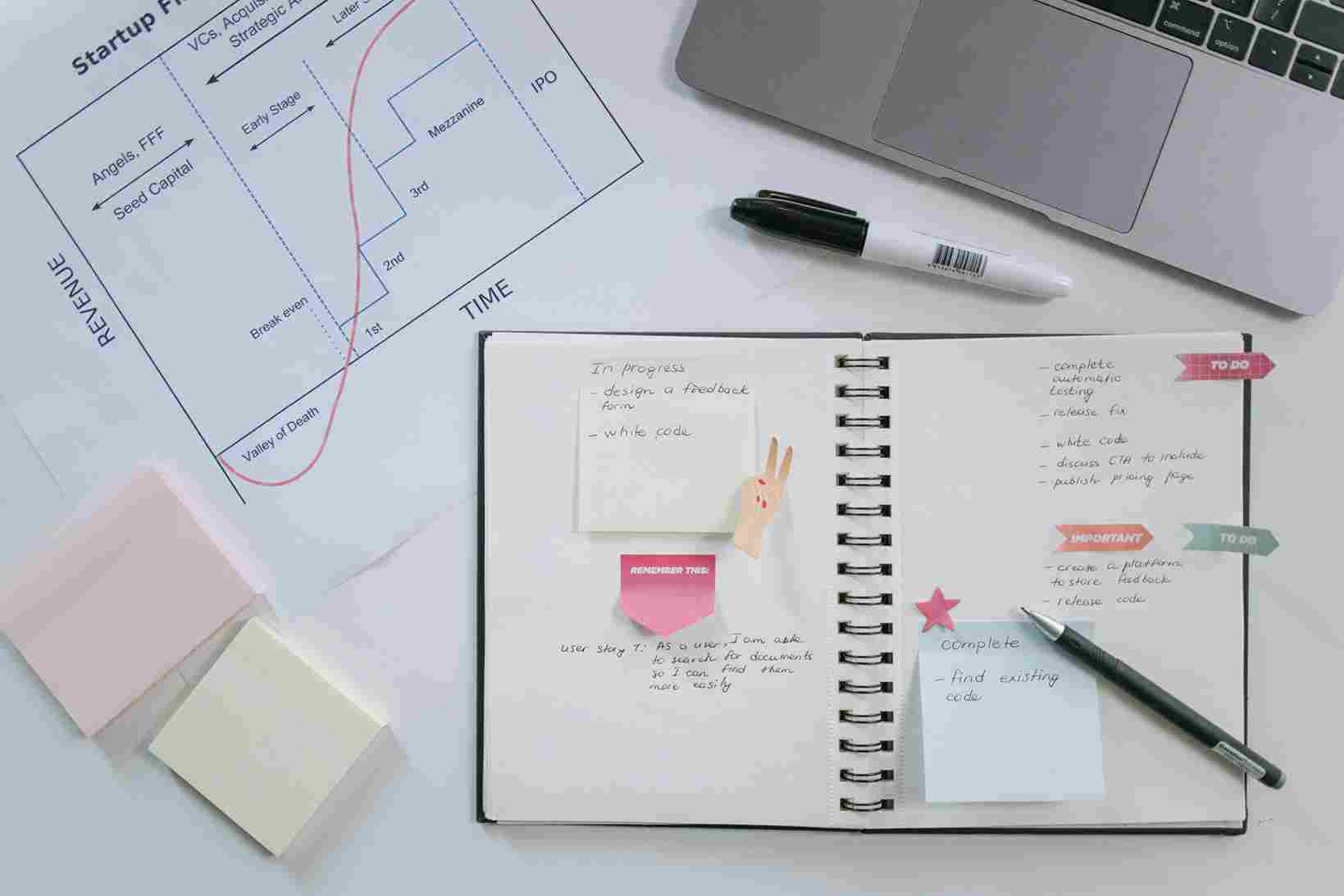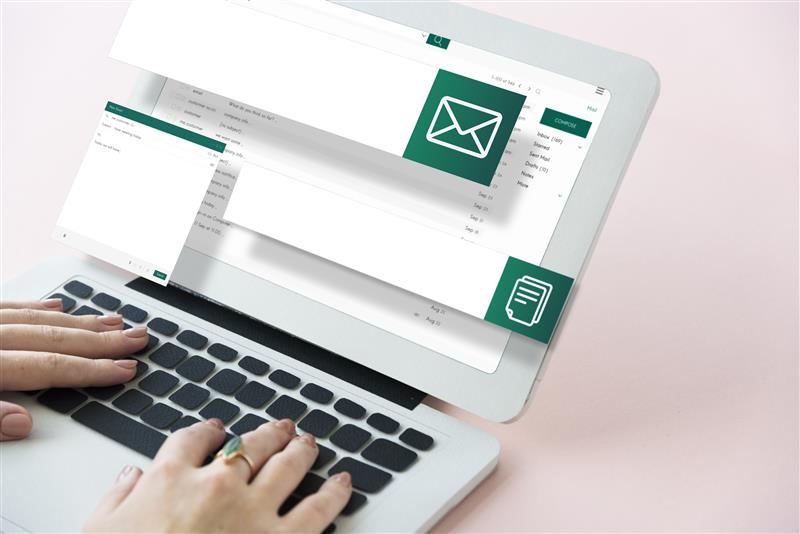Communication cycle is the way people exchange messages, share ideas and give feedback. This structured process is important for both personal and professional interactions. From a workplace meeting to a group discussion, a good understanding of the communication cycle ensures better results.
The communication cycle describes how a message moves from one person to another. This process involves many elements of communication that work together to make sure the message is clear and complete.
What Is The Communication Cycle?
The communication cycle is a process that involves creating, sending, receiving and responding to messages. This cycle involves essential components of communication such as the sender, message, channel, receiver and feedback. Whether it’s a spoken conversation or a written message, the same process is followed. Understanding this cycle improves communication at work and makes collaboration more effective.
If you want to explore more about how communication works, you can also check out our blogs on What Is Communication: Types and Importance.
Key Elements Of Communication
The elements of communication form the base of the communication process. These include:
- Sender
- Message
- Medium
- Receiver
- Feedback
- Noise or barriers
Each of these elements of communication plays an important role to deliver the message successfully. The cycle starts with the sender in communication and ends with feedback from the receiver.
Components Of Communication Explained
The components of communication refer to all the parts that help messages move through the communication cycle. These include verbal language, body language, written content and more.
Some important components of communication are:
- The message
- The medium or channel, like email or in-person
- The tone and clarity
- The environment space
The components of communication must align with the message purpose. If not, the message may be misunderstood.
Elements Of Communication Process
The elements of the communication process are the detailed steps that connect the sender to the receiver. These include:
- Idea creation
- Encoding into words or symbols
- Sending the message
- Receiving and decoding the message
- Providing feedback
- Overcoming any barriers or noise
By understanding the elements of the communication process, professionals can reduce errors and boost message clarity.
How The Communication Cycle Works At Workplaces?
In daily work, the communication cycle helps in planning, task sharing and solving problems. Whether it is a written report or a phone conversation, the cycle always follows the same pattern. When the elements of communication are followed correctly, teams stay aligned and tasks move faster. It also helps avoid workplace conflicts caused by unclear instructions.
How Does The Communication Cycle Help In Group Discussions?
In group settings, especially during meetings or discussions, applying the communication cycle supports better participation. Every participant acts as a sender in communication and also receives messages from others.
Understanding the components of communication in such settings improves how people present their ideas and how they respond to others.
Related reads: blog on Group Discussion Guide: Importance, Topics And Tips
Communication also helps in getting jobs that require frequent interaction such as Sales jobs, HR jobs, customer support and even work-from-home jobs. These job roles rely on a strong understanding of the elements of the communication process. A clear communication style helps in task coordination and better client handling.
Those looking for such roles can explore Job Hai and find the best suited job for themselves. It offers access to 45+ job categories with easy search options in various languages, making it simple to find jobs where communication is key.
Conclusion
The communication cycle is not just a theory but a practical tool that helps in everyday communication. By mastering the elements of communication and the components of communication, individuals can improve how they express ideas and receive messages.
The sender in communication must think clearly and choose the right method, while the receiver must decode and give useful feedback. This complete process, called the elements of communication process, ensures effective and meaningful interaction across all job roles and in social interaction.
FAQs
Q1- What Are Communication Skills?
A- Communication skills mean the ability to share and understand messages clearly.
Q2- What Are The 5 Basic Communication Skills?
A- Verbal communication, nonverbal communication, written communication, listening and visual communication.
Q3- What Are Communication Skills Examples?
A- Active listening, clear speaking, writing emails, giving presentations and using body language effectively.








 Facebook
Facebook Instagram
Instagram Twitter
Twitter